松山城や道後温泉本館、萬翠荘など市内を代表する名所を効率良く巡る定番ルート。歴史と文化、温泉情緒を一度に楽しめ、松山の魅力を余すことなく体感できます。
This classic Matsuyama route takes you efficiently to highlights such as Matsuyama Castle, Dōgo Onsen Honkan, and Bansuiso Villa, letting you experience the city’s history, culture, and hot-spring atmosphere in one trip.
大正11年(1922)、旧松山藩主の子孫・久松定謨伯爵が別邸として建てたフランス・ルネサンス様式の洋館。松山市に建ち、2011年に本館と管理人舎が国の重要文化財に指定され、大正ロマンを今に伝えています。
Built in 1922 as a villa by Count Sadakoto Hisamatsu, this French Renaissance–style mansion stands in Matsuyama. In 2011, the main house and the caretaker’s lodge were designated National Important Cultural Properties, preserving Taisho-era elegance.
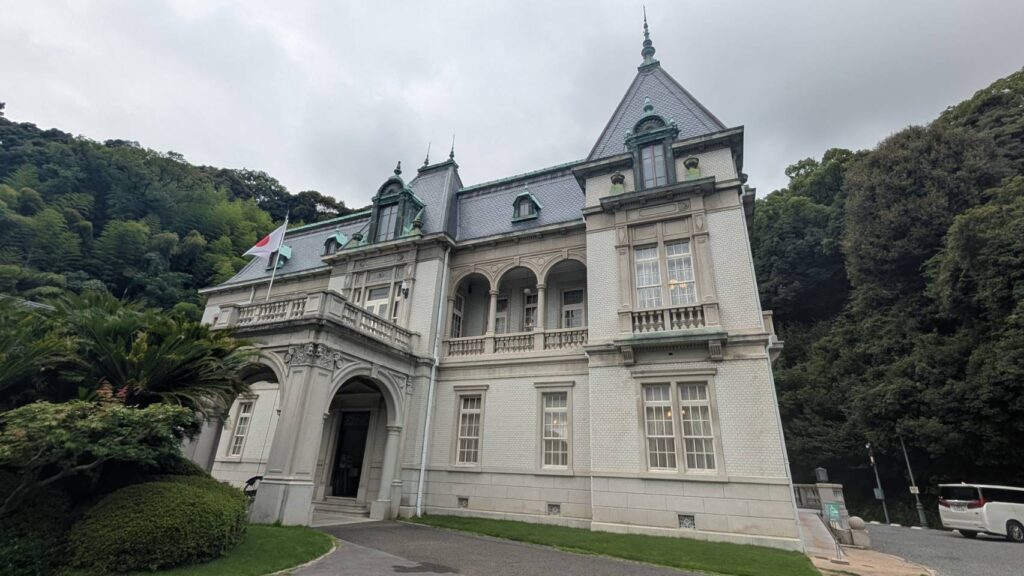
松山城ロープウェイ東雲口駅へ続く約500メートルの商店街。愛媛名物のグルメや土産物店が軒を連ね、多くの観光客でにぎわいます。道はバリアフリー化が進み、車いすやベビーカーでも安心して散策できるのが魅力です。
This approximately 500-meter shopping street leads to the Matsuyama Castle Ropeway Shiroyama entrance (Shinonome station). Lined with shops offering Ehime’s local delicacies and souvenirs, it bustles with visitors. The street is largely barrier-free, making it easy to stroll with wheelchairs or strollers.
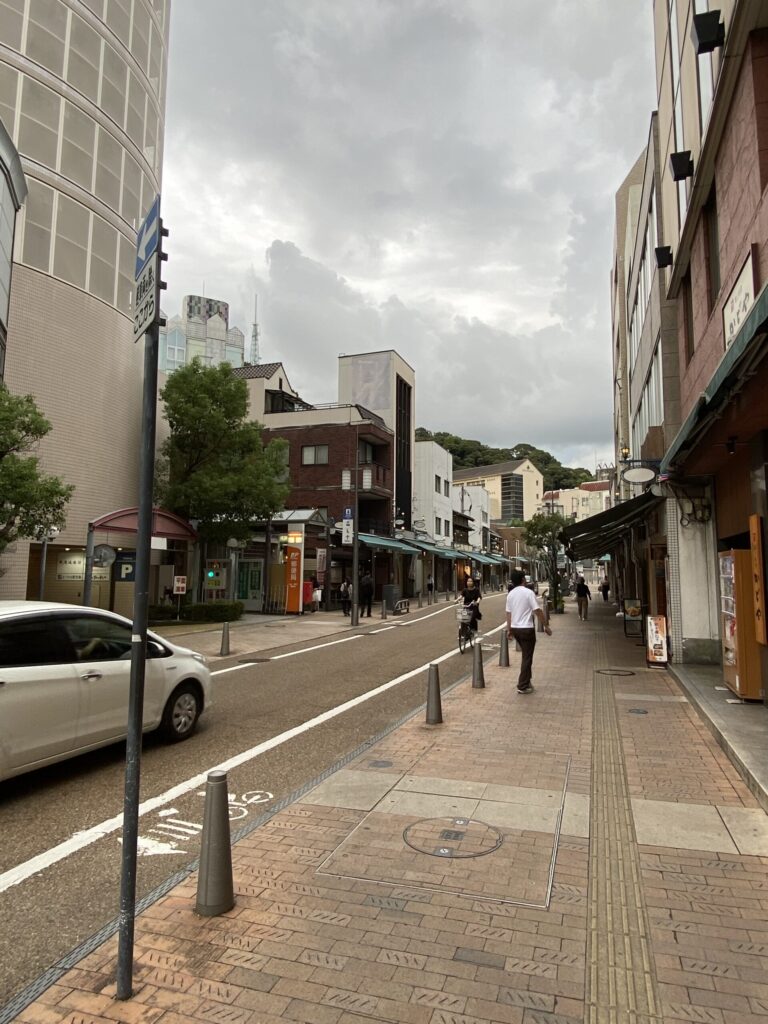
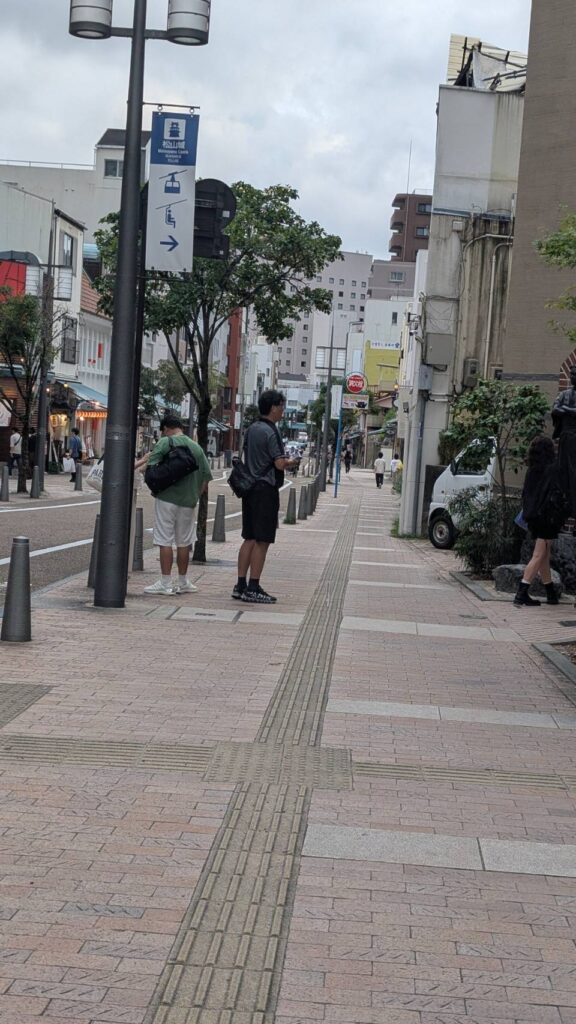
1602年に加藤嘉明が築城を開始し、1784年に落雷で天守が焼失後、1854年に再建された松山城。江戸時代の姿を今に伝える現存12天守の一つで、天守からは松山市街や瀬戸内海を一望できます。
Matsuyama Castle was begun in 1602 by Kato Yoshiaki. After lightning destroyed the keep in 1784, it was rebuilt in 1854. As one of Japan’s 12 surviving original keeps, it preserves the appearance of the Edo period and offers sweeping views of Matsuyama City and the Seto Inland Sea.
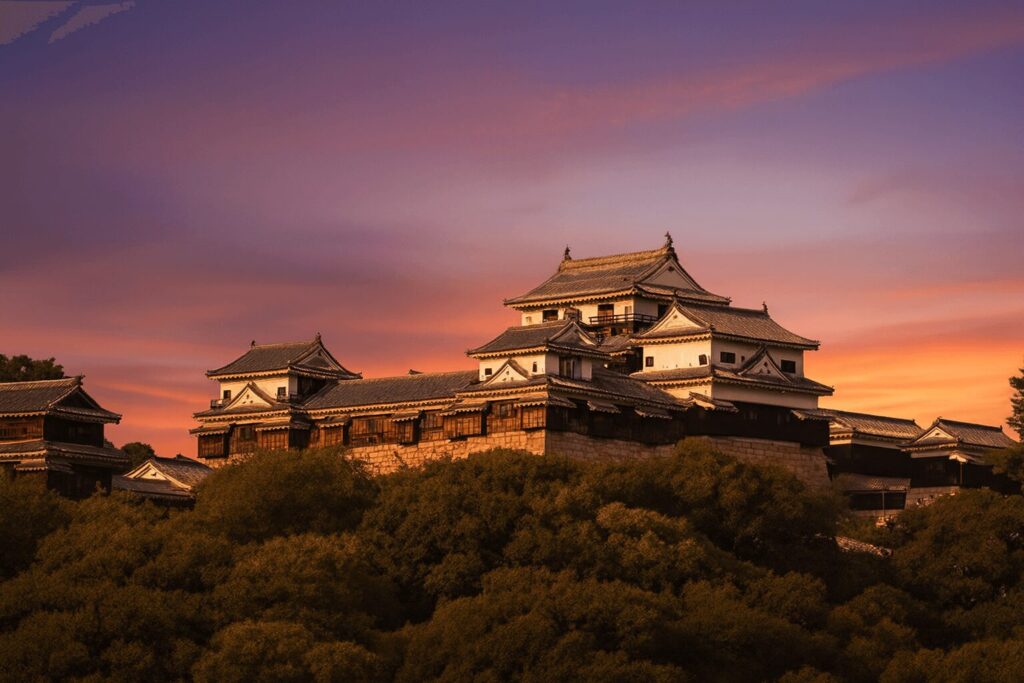
寛文7年(1667)に再建された伊佐爾波神社は、全国的にも珍しい八幡造の社殿が特徴です。長く続く石段を上ると、鮮やかな朱塗りの社殿が現れ、歴史と風格に満ちた荘厳な雰囲気を体感できます。
Rebuilt in 1667, Isaniwa Shrine features a rare Hachiman-zukuri architectural style. After climbing the long stone stairway, visitors are greeted by brilliant vermilion halls that convey a majestic atmosphere steeped in history.
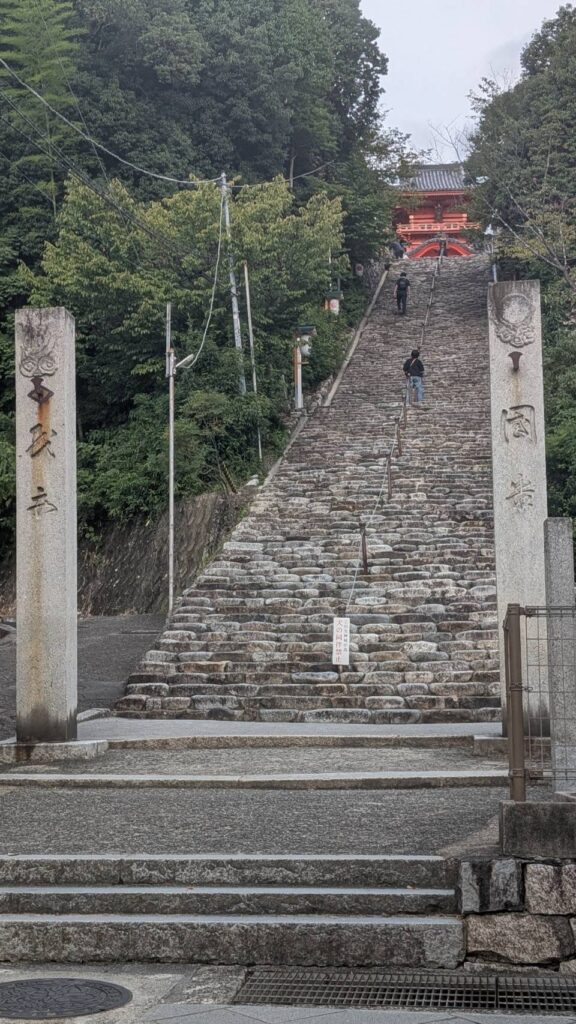
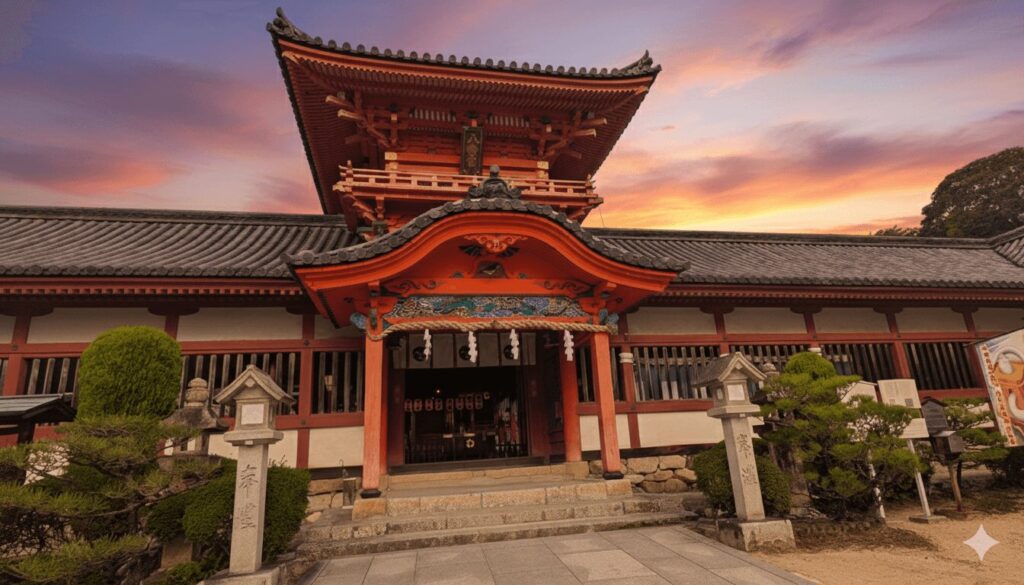
伝・弘仁3年(812)創建の古刹。身丈約3.67mの「湯の大地蔵」で名高く、道後温泉ゆかりの縁結び“お結び玉”も人気。フォトスポットとしても話題で、恋愛成就や良縁を願う参拝者でにぎわう。
Traditionally founded in 812, Enmanji is famed for its 3.67-meter “Hot Spring Great Jizō.” The colorful “musubi-dama” love charms, inspired by Dōgo’s hot-spring symbol, are popular and make a photogenic display, drawing visitors praying for romance and good matches.
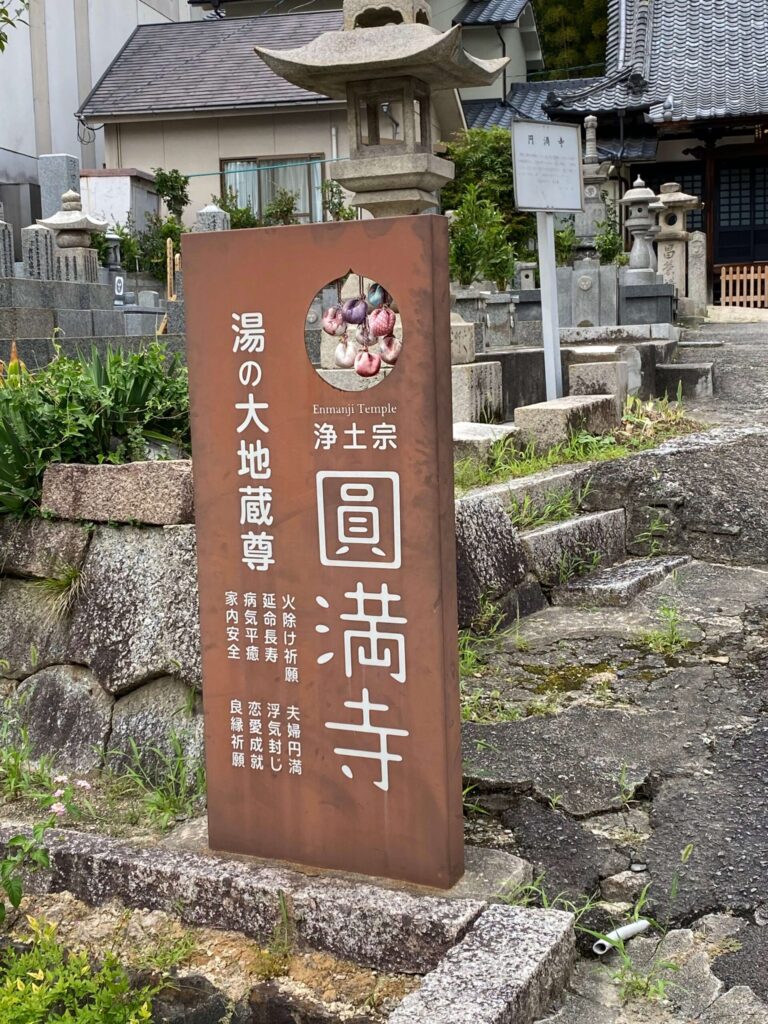
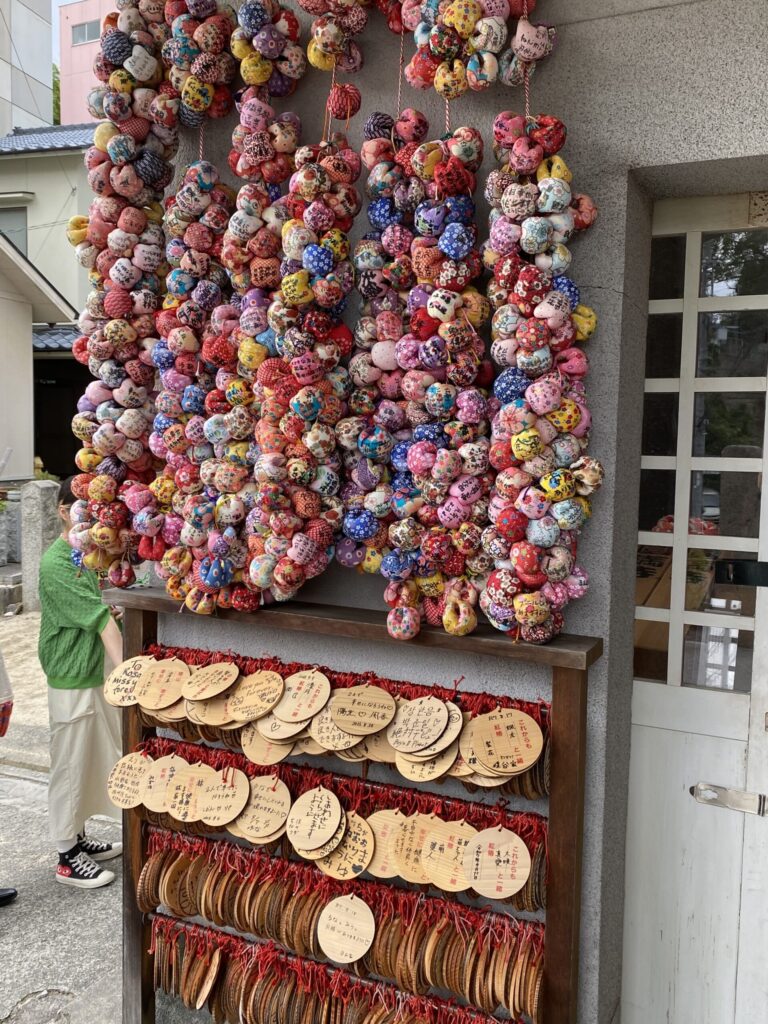
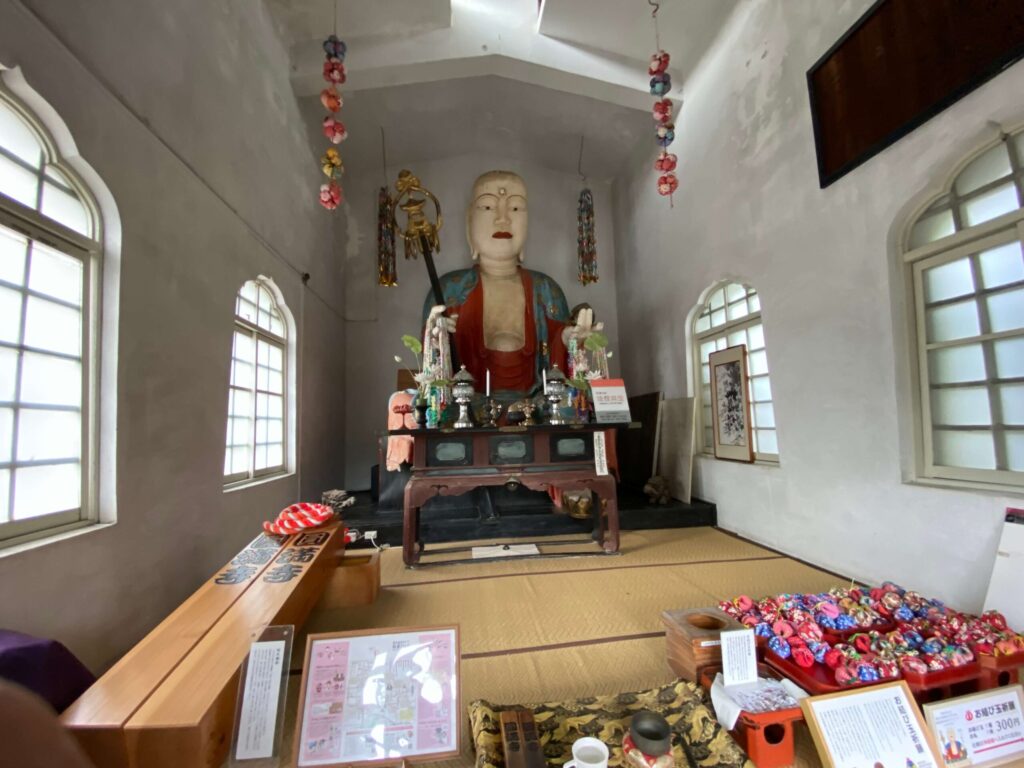
1894年に竣工した道後温泉本館は、1994年に公衆浴場として全国で初めて国の重要文化財に指定されました。長期の保存修理を経て2024年に全面再開し、名湯の歴史と風情を今に伝えています。
Completed in 1894, the Dōgo Onsen Main Building became Japan’s first public bath designated as a National Important Cultural Property in 1994. After a long period of preservation work, it fully reopened in 2024, continuing to embody the rich history and charm of this renowned hot spring.
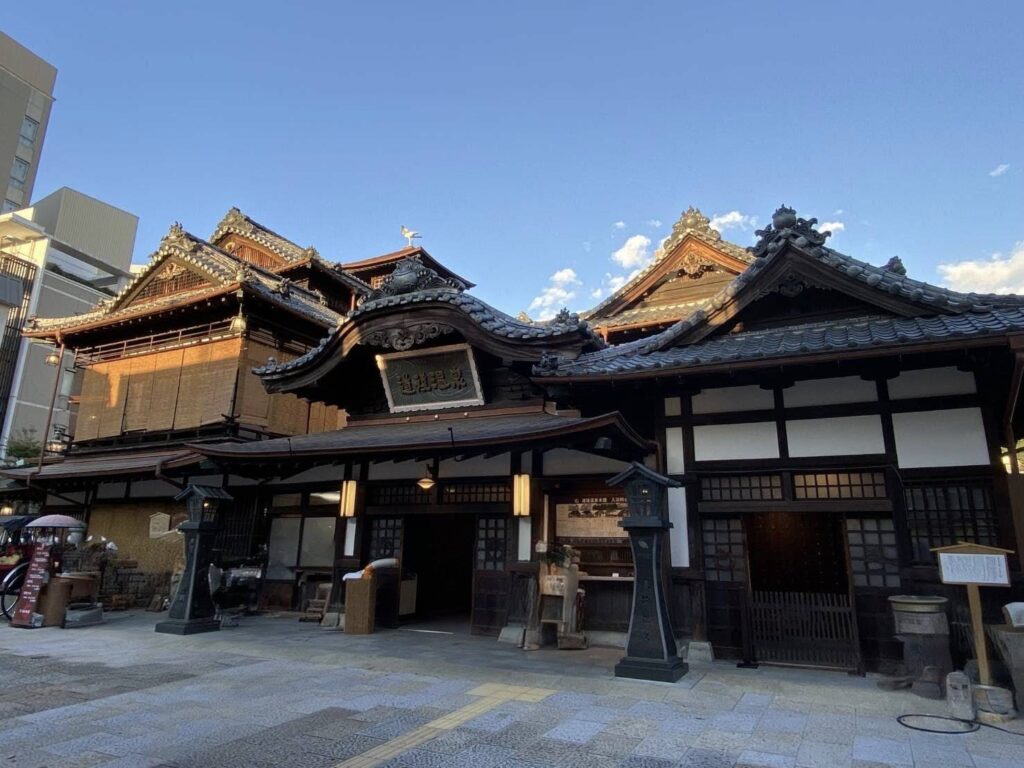
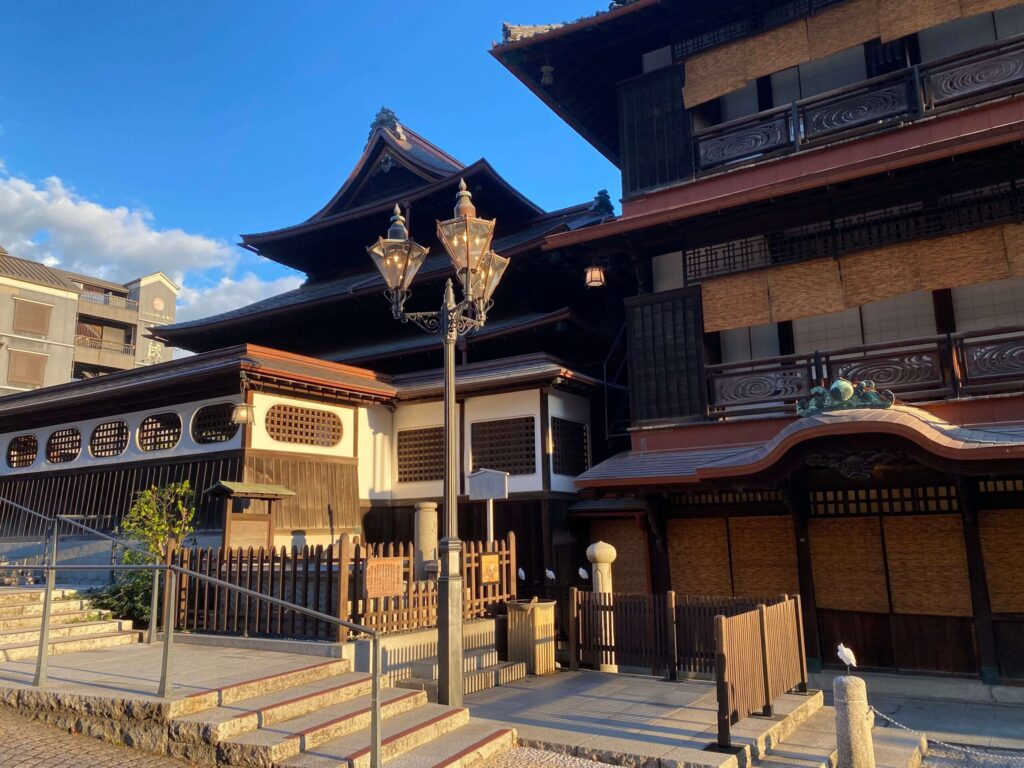
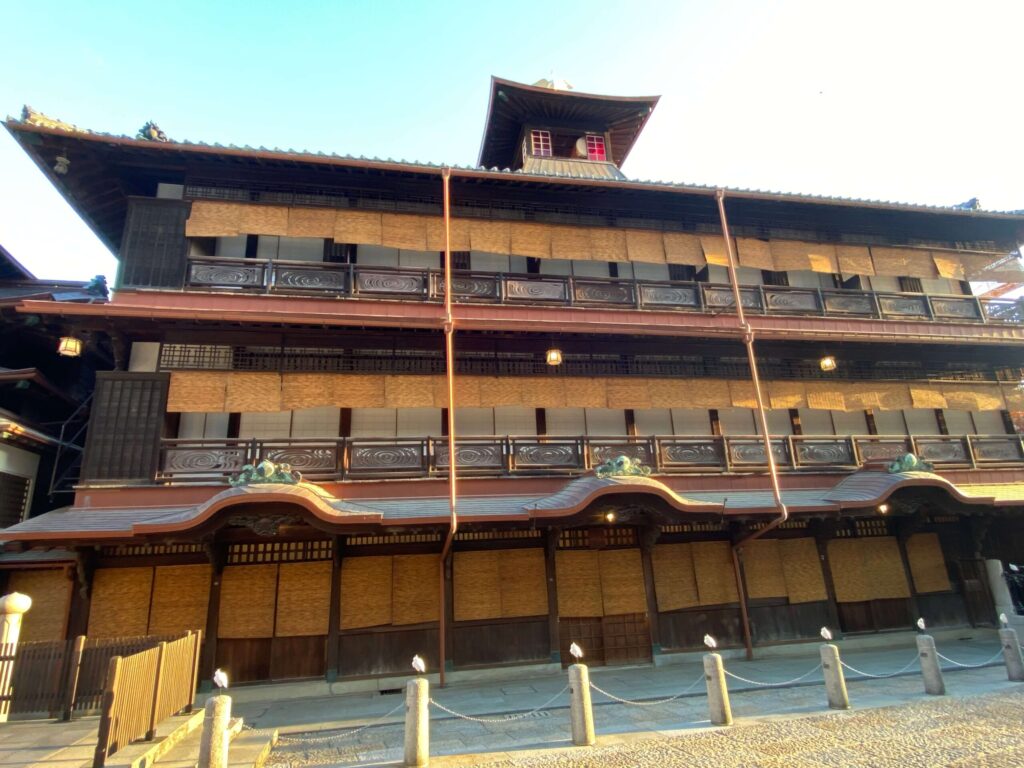
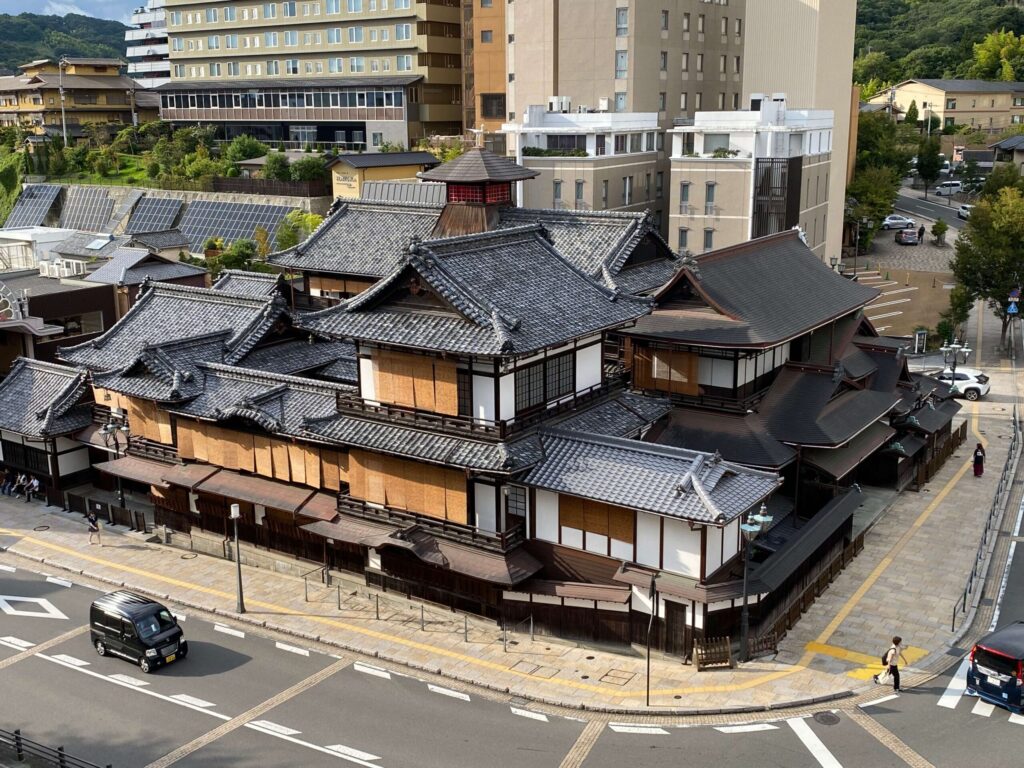
道後温泉駅から本館へ続く約250メートルのL字型アーケード「道後ハイカラ通り」。愛媛名物の土産店やカフェが軒を連ね、雨の日でも快適に散策しながら買い物や食べ歩きを楽しめる人気の観光スポットです。
Dogo Haikara Street is an approximately 250-meter L-shaped arcade connecting Dogo Onsen Station to the Main Building. Filled with souvenir shops and cafés offering Ehime specialties, it is a popular sightseeing spot ideal for shopping and tasting local treats even on rainy days.
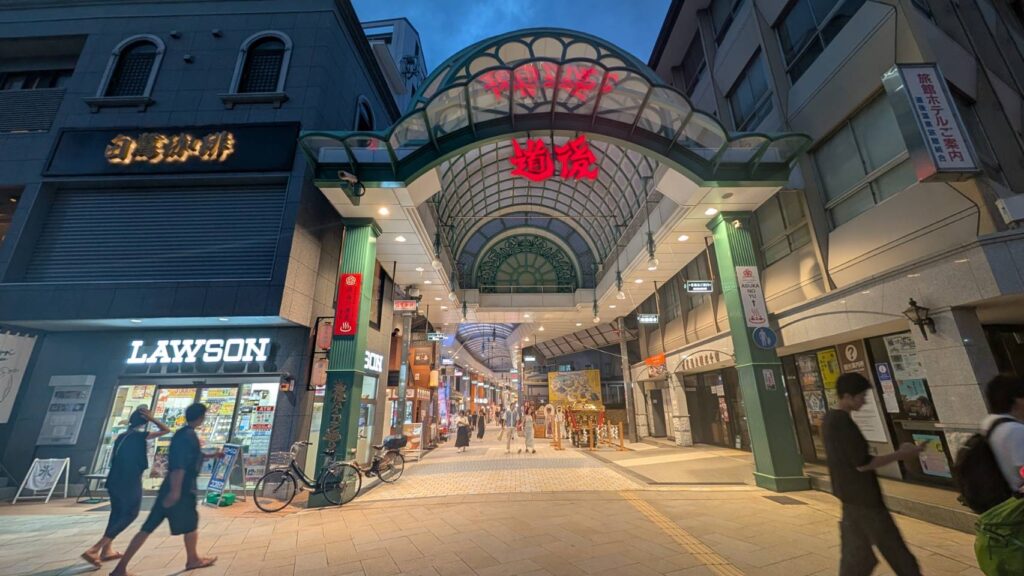
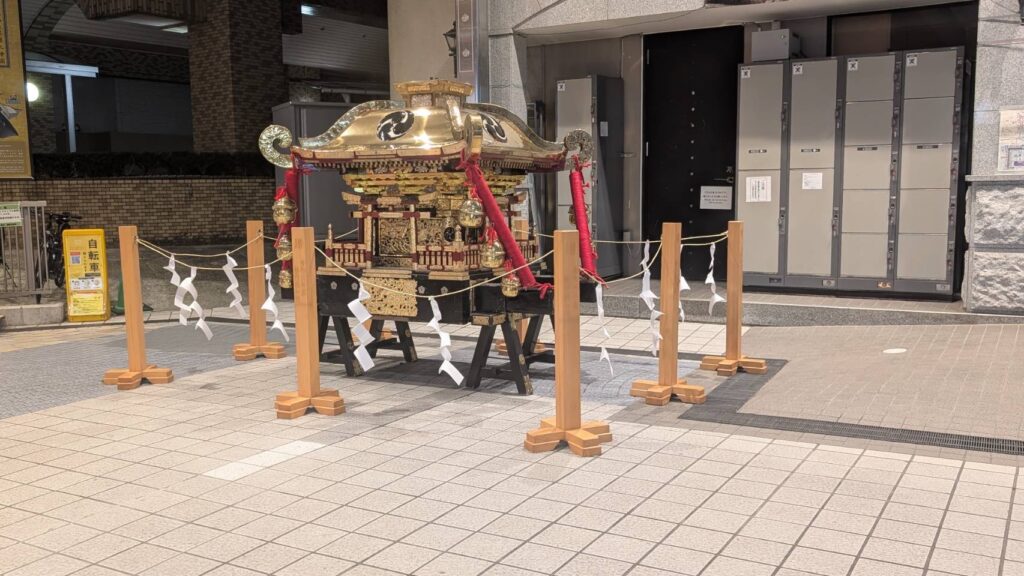
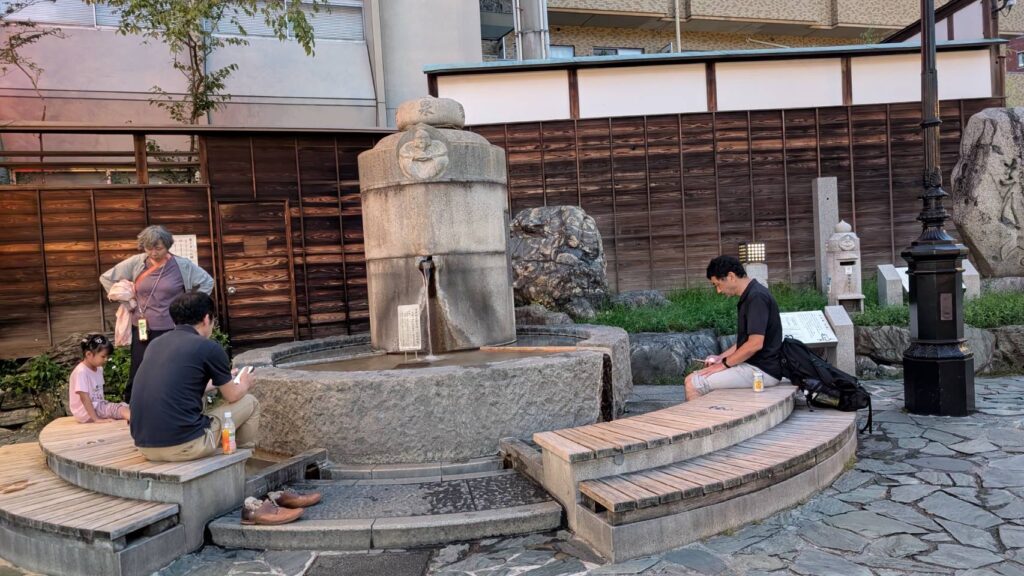
クイズ:
道後温泉駅から道後温泉本館へ続く「道後ハイカラ通り」には、観光客に人気のマンホール蓋があります。
次のうち、実際に設置されているのはどれでしょう?(複数選択可)
A. 手塚治虫の「火の鳥」デザイン
B. 「鬼滅の刃」キャラクターデザイン
C. 「ガンダム」デザイン(RX-78-2やザクII)
ヒント:
- 「火の鳥」マンホールは道後温泉本館の南西側にあります。
- 「ガンダム」マンホールは道後ハイカラ通り(アーケード内)の道後商店街中央付近とロープウェー商店街入口付近の2か所にあり、それぞれ
- RX-78-2ガンダムと道後温泉本館
- ザクIIと松山城
がデザインされています。
答え:
A と C です。
ぜひ実際に歩いて、マンホール蓋を探してみてください。

コメント